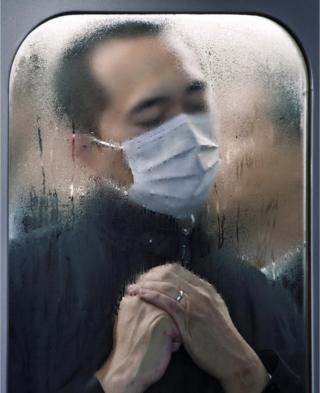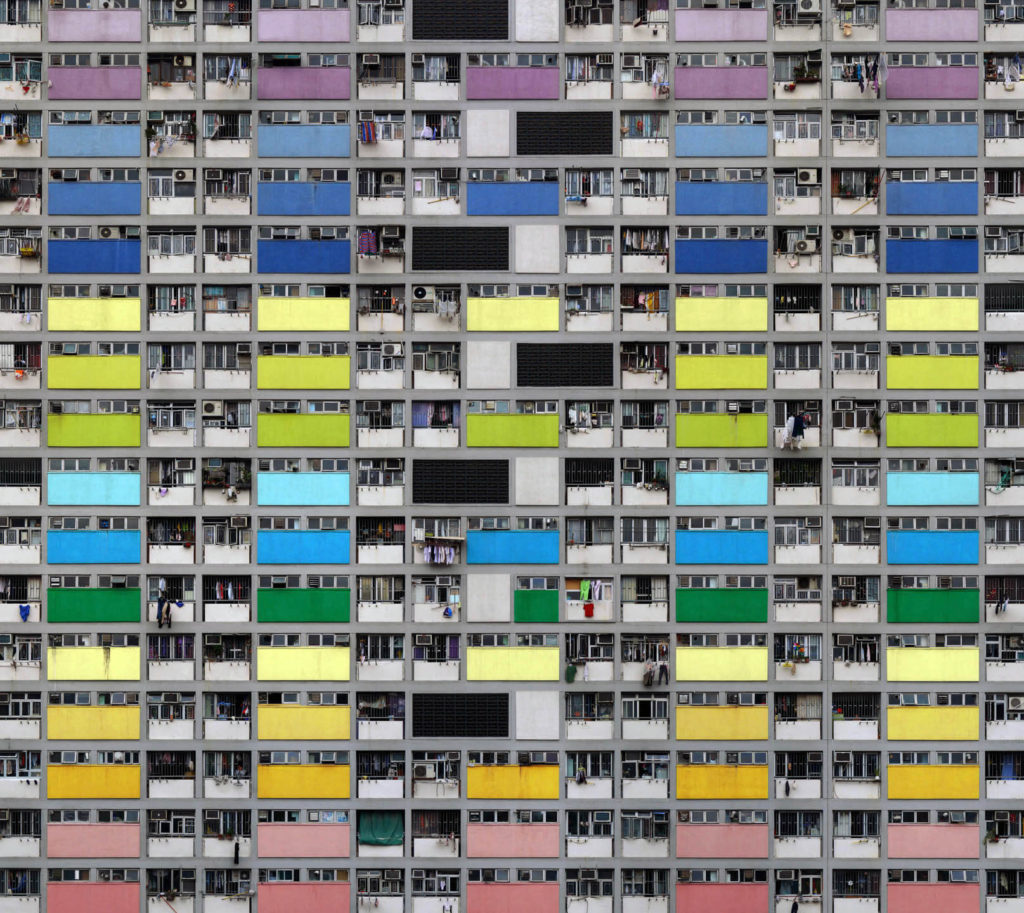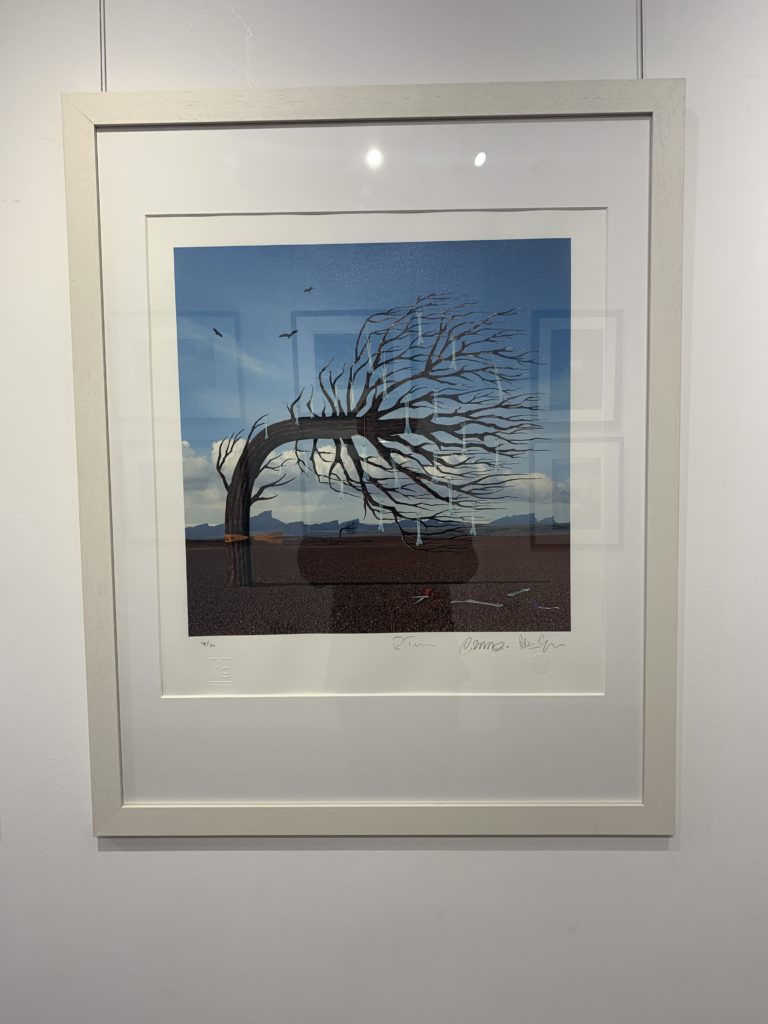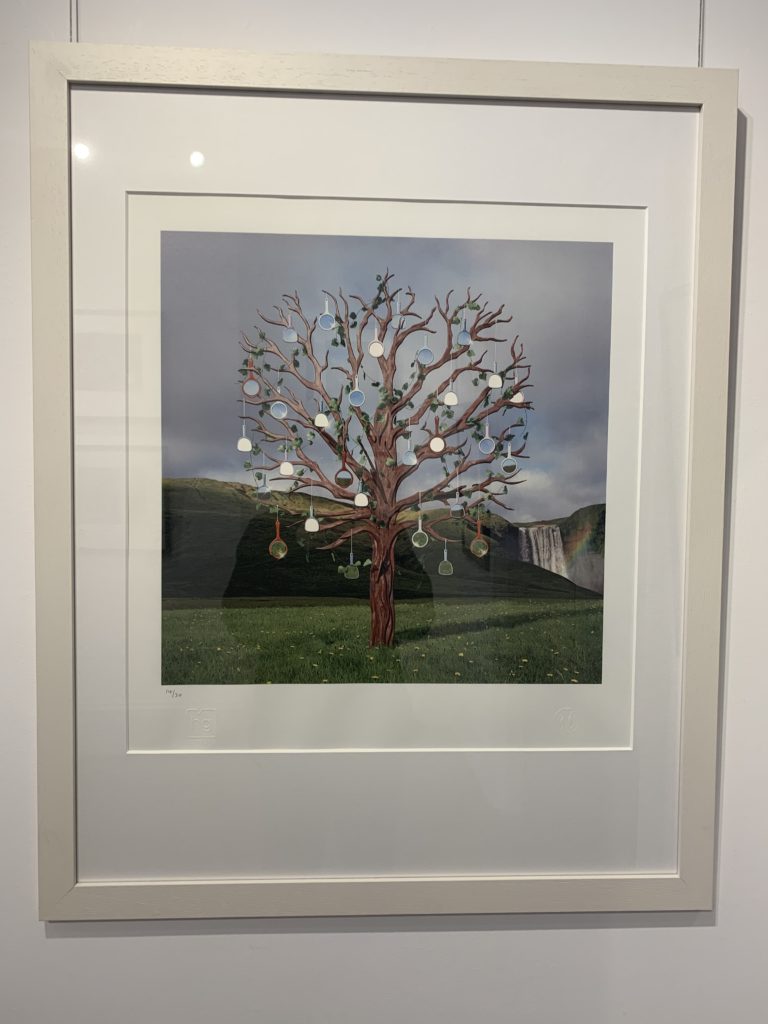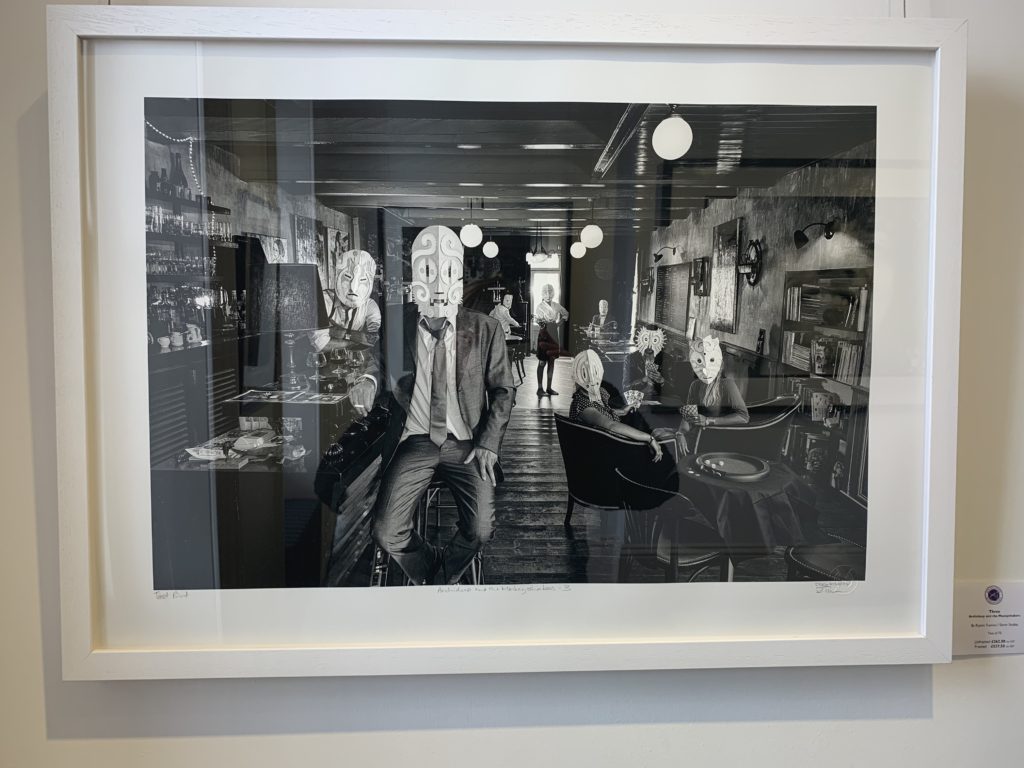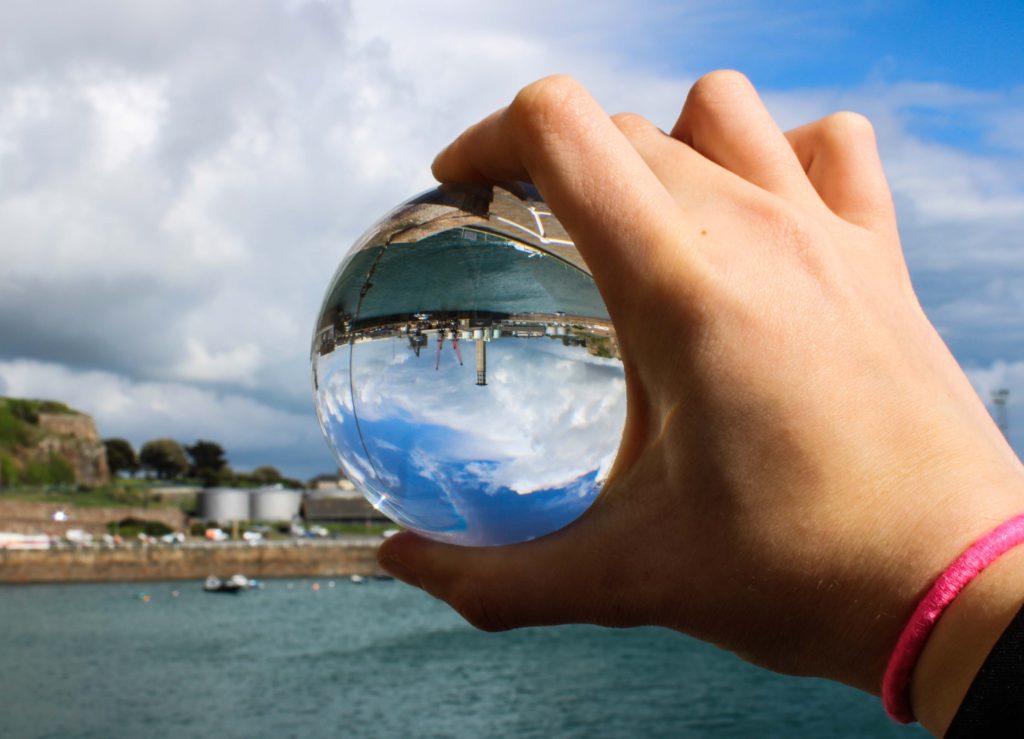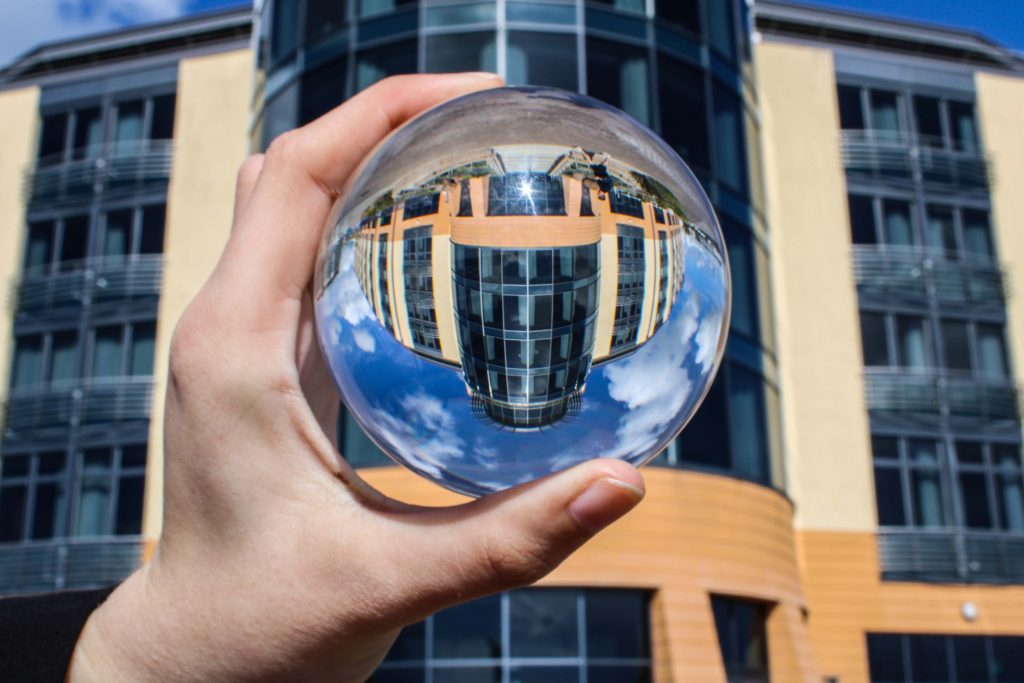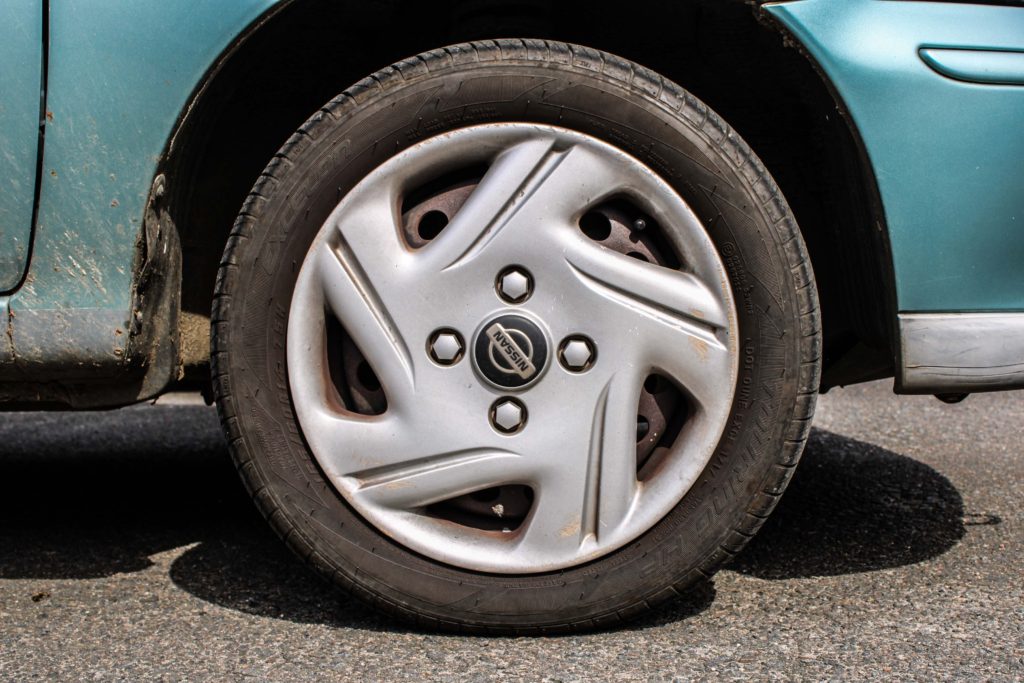‘Variation and Similarity’
After consideration for the exam brief I decided the most effective and interesting way for me to demonstrate the theme ‘variation and similarity’ was through nature and aspects of it. I made this decision due to the vast range of green spaces and easy access to aspects of nature, such as, shells and rocks from the beach, or a variety of flowers from fields and lanes. My exam project focused on three main points within nature, Flowers, Objects found at the beach; rocks and shells, and natural landscapes, to adhere to the theme variation and similarity while using these objects I made sure to collect a variety of different types of the same object; flowers, rocks. I feel abiding by these specific rules I set myself allowed me to successfully fulfill the exam brief, for example I photographed twelve different types of rocks and shells and ten different types of flowers, but while all falling under the same category of photo shoot 1 or 2, demonstrating a range of similar objects; flowers or rocks, but being completely different in appearance, being the aspects of variation. I also photographed natural landscapes, the variable of similarity being the model that appears within the photographs and the fact that the landscape is natural; beach, woods etc, but the variation also being that the natural landscape is different in appearance, the woods differing from the beach greatly in appearance but still falling under the same category of natural landscape and fitting into photo shoot 3.
I drew inspiration from and researched a variety of artists throughout my exam project, for example; John Baldessari, Luigi Ghirri and Etienne-Jules Marey are a few that I was directly inspired by and their techniques and styles are visible thought out my project and final pieces. I incorporated John Baldessaris ‘dots’ into five of my final piece photographs, this being a simple but effective effect within my final pieces. Luigi Ghirri was another artist that I took inspiration from, I used aspects of his style of presentation and composition within photographs, being another simple effect but effective in the overall outcome of the presentation of my final pieces. Etienne-Jules Marey was an artist that I also took direct inspiration from and his style of sequencing and repetition is visible within my final pieces, four of my final piece photographs go into a single sequence. My final pieces link with the exam theme of ‘variation and similarity’ for example the majority of my final pieces have a variety of different photographs in one piece, two of my eight final pieces consist of four different photographs that link in a way, two consist of three separate photographs that link, two consist of pairs of photographs that link and I have included two singular photographs that where successful photographs by themselves and have direct links to artist john Baldessari, one of the artist that I researched throughout the exam project.
The majority of my photographs within the exam project ‘variation and similarity’ where taken in natural daylight, this added a warm, bright feeling thought out the body of photographs and also made the colours within the photographs pop. The meaning behind the photographs are very literal and solely represent what you see in the photograph. I thought specifically about the composition of my photographs throughout the project and made sure to photographed a variety of different angles, distances, to have a variety of option to choose from when making decisions about the most successful outcomes and what photographs would be good enough for final pieces.
In conclusion I feel that my decision to photograph Nature and aspects of it, in response to ‘Variation and similarity’ was successful and my project and final pieces are a good indication of the development of my ideas and work.





































